research
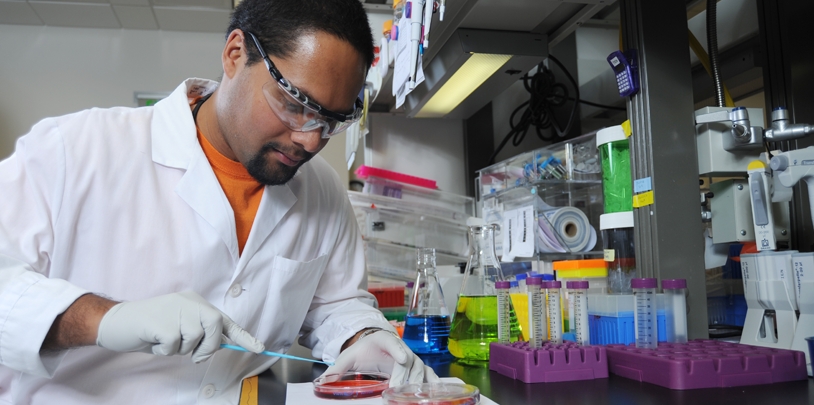
One of ASU’s goals is to advance its community and world through research. With expenditures exceeding $355 million in the past 10 years, the university has attracted exemplary faculty and students, created forward-thinking inventions and made new discoveries. Among U.S. universities with research portfolios exceeding $100 million in research expenditures, ASU has been the fastest growing research enterprise over the last five years. ASU students participate in research projects that develop their talents so they can become leaders in solving the complex challenges of today’s world.
2012

Researchers at the Flexible Display Center, working with Army Research Laboratory scientists, successfully manufactured the world's largest flexible color organic light-emitting display prototype using advanced mixed oxide thin-film transistors. The technology offers high performance at a low cost with low power.
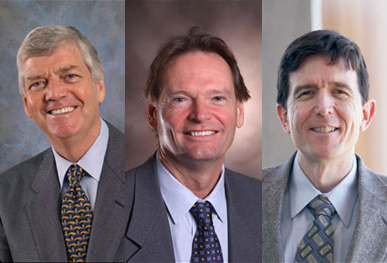
ASU was awarded a four-year contract from the Defense Threat Reduction Agency of the U.S. Department of Defense to develop a novel diagnostic technology called immunosignaturing for rapid detection of exposure to infectious disease agents before symptoms occur. The four-year contract is valued at more than $30.7 million and will be led by researchers in the Biodesign Institute’s Center for Innovations in Medicine.

G3Box, a startup company created by a team of ASU undergraduate and graduate students, was named College Entrepreneur of the Year for 2011 by Entrepreneur magazine. Three of the five finalists in the competition (including the winners) were ASU teams in the Edson Student Entrepreneurship Initiative.

The Global Institute of Sustainability received a $27.5 million investment from the Walton Family Foundation to develop and deploy promising solutions to sustainability challenges and to educate future leaders in sustainability.
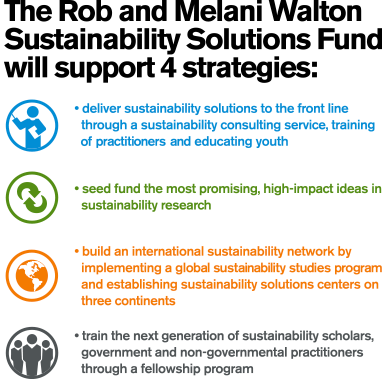
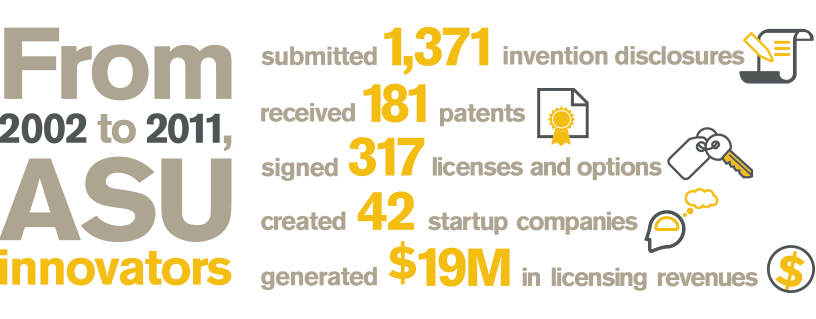
ASU established the McCain Institute for International Leadership, named for U.S. Senator John McCain (R-AZ). The institute will focus on promoting character-driven leadership as well as research and decision-making in the areas of humanitarian work, human rights and national security.

The Virginia G. Piper Charitable Trust established a $10 million strategic investment at ASU to enable the university to improve all aspects of health care delivery. The initiative will include biomedical informatics, clinical data and public health surveys to assess health care outcomes and determine the best prevention and treatment practices. Read More
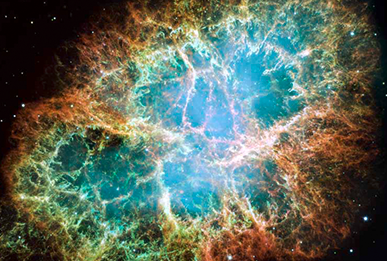
Astronomers at ASU’s School of Earth and Space Exploration found an exceptionally distant galaxy, ranked among the top 10 most distant objects currently known in space. Light from the recently detected galaxy left the object about 800 million years after the beginning of the universe, when the universe was in its infancy.
ASU professor Hao Yan’s research aims to build nanoscale devices that mimic important biological systems. An innovator in the field of nanotechnology, Yan received a five-year, $6.25 million basic research award under the Department of Defense’s Multidisciplinary University Research Initiative program.
2011

The Mary Lou Fulton Teachers College was awarded a $43.4 million Teacher Incentive Fund grant from the U.S. Department of Education that will provide funding for comprehensive school reform in Arizona.
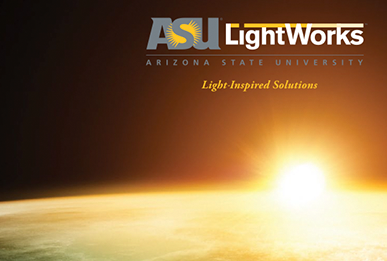
ASU was awarded $18 million to establish the national NSF-DOE Engineering Research Center for Quantum Energy and Sustainable Solar Technologies (QESST). QESST uses quantum mechanics to solve challenges to harnessing solar power in economically viable and sustainable ways. The center has attracted more than 40 industry partners since its inception.
The April 2011 cover of Science featured 3-D DNA nanoforms created by ASU Biodesign researchers. The forms were constructed through a revolutionary technique known as “DNA origami” and offer potential applications ranging from computing to health care.
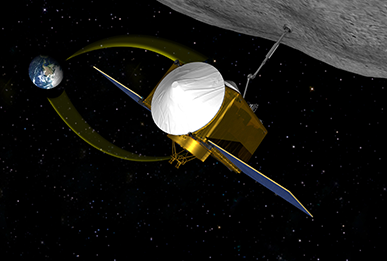
Faculty in the School of Earth and Space Exploration are leading a team to build an instrument for NASA’s OSIRIS-REx mission, which will travel to an asteroid to collect samples and measurements. It is the first piece of complicated space hardware to be constructed on the ASU campus.
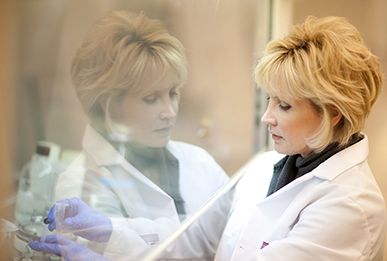
Biodesign Institute researcher Cheryl Nickerson received the Exceptional Scientific Achievement Medal, NASA’s most prestigious commendation for outstanding contributions to science. NASA has designated Biodesign as its No. 1 university customer, putting the institute first in line for zero-gravity experiments on the International Space Station.
An ASU student team created Note-Taker, a special camera that helps visually impaired students in the classroom. The device won first place for software design in the Microsoft Imagine Cup U.S. finals and second place in the same category in the Imagine Cup World Finals.
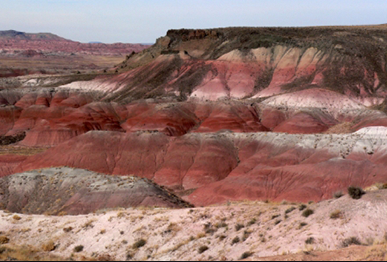
The National Science Foundation selected ASU as the new host university for the EarthScope National Office. The program explores the 4-D structure and evolution of the North American continent, and studies Earth structure and dynamics across the planet. It is the largest science project on the planet, recording data over 3.8 million square miles. Popular Science has called the program one of the universe’s ten most epic projects.
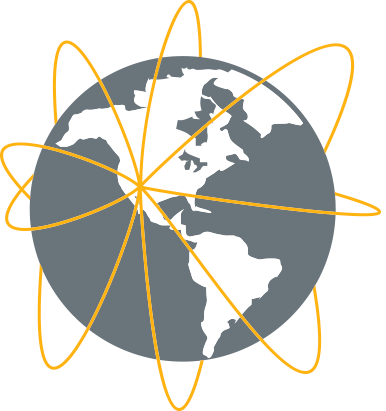
2010
ASU developed the Center for Convergence of Physical Science and Cancer Biology, funded by the National Institutes of Health’s National Cancer Institute. The center, one of 12 across the U.S., seeks to provide unique insights into cancer by pulling together physical scientists, mathematicians and engineers to study cancer cells as physical objects.
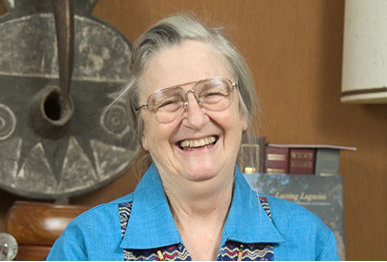
Elinor Ostrom, founding director of ASU’s Center for the Study of Institutional Diversity, won the 2009 Nobel Prize in Economic Sciences. Ostrom, who died on June 12, 2012, is the first woman to win the Nobel in Economic Sciences and was considered one of the leading scholars in the study of common pool resources. Other ASU Nobel laureates include Edward C. Prescott, winner of the 2004 Nobel Prize in Economic Sciences, and Leland “Lee” Hartwell, winner of the 2001 Nobel Prize for Physiology or Medicine.
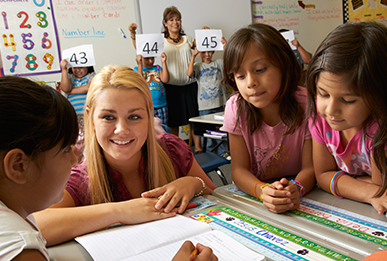
ASU’s Mary Lou Fulton Teachers College received $18 million from Denny Sanford to launch a new initiative called the Sanford Education Project, which allows ASU to adapt Teach for America’s most successful tools to attract, prepare, support and retain more highly effective teachers. Read more

ASU launched LightWorks, an initiative designed to position ASU as a leader in solar-based energy and other light-inspired research. LightWorks capitalizes on ASU’s unique strengths in renewable energy fields including artificial photosynthesis, biofuels and next-generation photovoltaics.

2009
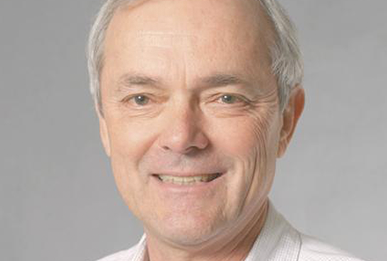
The White House announced that ASU would become home to the Energy Frontier Research Center for Bio-inspired Solar Fuel Production. The Department of Energy-funded project provided $14 million over a five-year period. The need for a continuous energy supply and energy requirements for transportation necessitates technology for storage of energy from sunlight in fuel, as well as conversion to electricity. Cost-effective technologies for solar fuel production do not exist, prompting the need for new fundamental science.
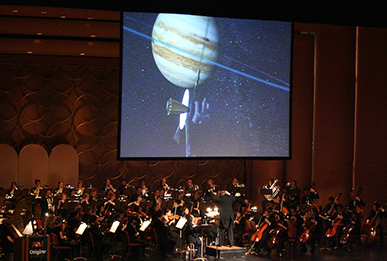
ASU kicked off its new Origins Initiative with the Origins Symposium, which brought together 70 of the world’s leading scientists and scholars, including Steven Pinker, Richard Dawkins, Donald Johanson, Brian Greene, Craig Venter and Lawrence Krauss. Stephen Hawking participated via video.
2008
ASU’s Flexible Display Center was named one of the “Top 10 Technologies of 2008” by Wired magazine.
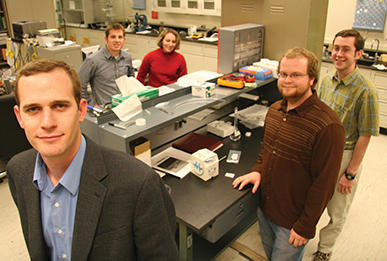
ASU became the only university to receive two grants from the Department of Energy’s Advanced Research Projects Agency-Energy program. ASU’s grants support work on a new class of high-performance metal-air batteries and the use of photosynthetic bacteria to produce automotive fuel from a combination of sunlight, water and carbon dioxide.

NASA launched the Lunar Reconnaissance Orbiter with the Lunar Reconnaissance Orbiter Camera (LROC) on June 18, 2009. ASU professor Mark Robinson is the principal investigator of the LROC imaging system.
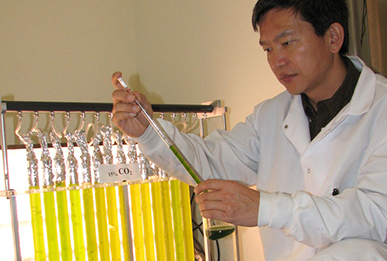
Research into using algae as a biofuel, led by researchers in ASU’s Laboratory for Algae Research and Biotechnology, was listed on TIME magazine’s “Top 50 Inventions of 2008.”
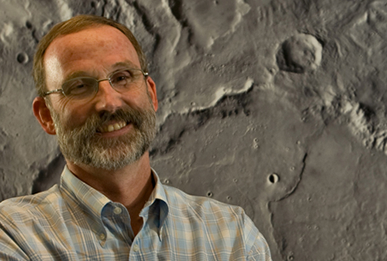
Phil Christensen, Joshua Bandfield and Alice Baldridge used the Mars-orbiting camera with JMARS software, designed and operated at ASU’s Mars Space Flight Facility, to find the first evidence for salt deposits in numerous places on Mars. These deposits, say the scientists, show where water once existed. Their report was published in the March 31, 2008 issue of the journal Science.
2003 - 2007
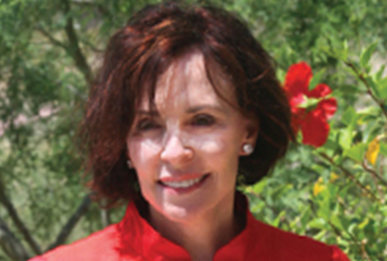
The International Institute for Sustainability was established in November 2004 with a $15 million gift from Julie A. Wrigley. It was renamed the Global Institute of Sustainability a year later.
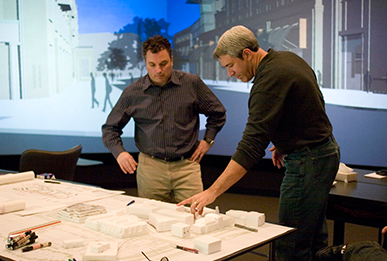
In 2005, ASU created a new type of visualization center – one focused on connecting the science and expertise of ASU with the needs of the community. Decision Theater assists policymakers and others in making decisions about complex issues ranging from urban growth and public health to education and the environment.
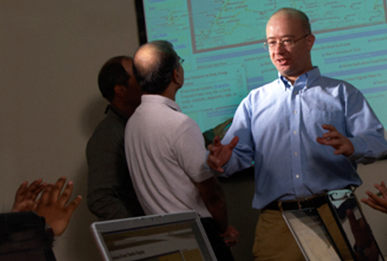
The Center for the Study of Religion and Conflict and the Center for Strategic Communication were established in the College of Liberal Arts and Sciences in 2003 and 2005 to address complex and diverse challenges to national security. Funding totals for the centers and their partners reached $20 million by 2012 from DARPA, Office of Naval Research, the Department of Defense Minerva Program and prestigious foundations including Ford, Templeton and Luce, for their efforts to examine the sources and dynamics of religious and political extremism and develop strategies for combating terrorism and improving public diplomacy.
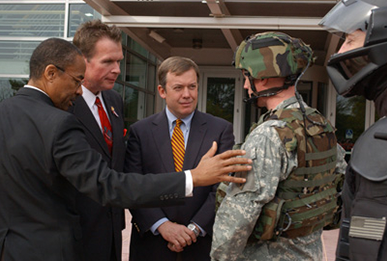
The Flexible Display Center was created to develop a new generation of electronics that are flexible, rugged, lightweight and low-power. The center was created as a five-year cooperative agreement between ASU and the Army Research Laboratory through a $43.7 million grant from the U.S. Army. The contract was renewed for an additional five years and $50 million in 2009.